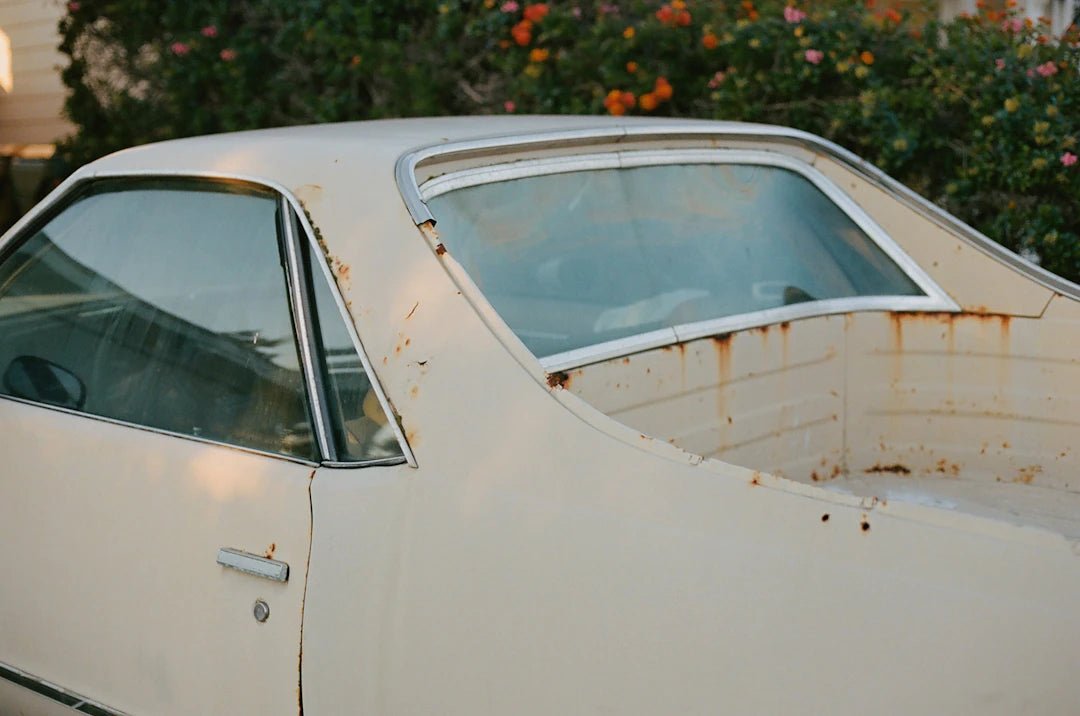Overview
Learn how to effectively remove various types of stains from fabric and carpets, including water-soluble, oil-based, protein-based, and tanin-based stains. Prepare your cleaning tools, follow step-by-step techniques for each stain type, and consider preventative measures to avoid future stains. Know when to call professionals for stubborn stains and maintain a regular cleaning routine to keep your home pristine.
Stains can be a homeowner’s worst nightmare. Whether it's a red wine spill at a dinner party or a muddy footprint left by the family pet, the challenge of removing stains from fabric and carpets can be daunting. Fear not; with the right techniques and tools—like a powerful grime eliminator—you can restore your surfaces to their original glory. Let’s delve into effective methods for tackling tough stains on fabric and carpets.
Understanding Different Types of Stains
Before we dive into stain removal techniques, it’s crucial to understand that different stains require different approaches. Here is a helpful breakdown:
Water-Soluble Stains
These stains can be easily removed with water. Common examples include:
- Coffee
- Tea
- Fruit Juice
- Soda
Oil-Based Stains
These stains are typically more challenging and may require a grime eliminator for effective removal. Examples include:
- Grease
- Makeup
- Oil
Protein-Based Stains
Stains from bodily fluids or food can pose a unique challenge. These include:
- Blood
- Eggs
- Dairy Products
Tanin-Based Stains
These stains, often produced by natural substances, include:
- Red Wine
- Tea
- Colored Fruit Juices
Gathering Your Tools and Supplies
Now that you know the types of stains you may encounter, it’s time to prepare your cleaning arsenal. Here are essential items to have on hand:
- Microfiber Cloths – These are perfect for blotting up spills.
- Sponge – For tougher scrubbing, a gentle sponge will work wonders.
- Bucket – Useful for mixing solutions or rinsing items.
- Stain Remover – A reliable grime eliminator is key.
- Water – Always keep plenty nearby.
Step-by-Step Stain Removal Techniques
With your tools ready, let’s explore how to tackle those stubborn stains!

Remedying Water-Soluble Stains
For water-soluble stains, follow these simple steps:
- Immediately blot the stain with a clean cloth to absorb excess liquid.
- Mix a solution of mild detergent and water.
- Using a microfiber cloth, apply the solution to the stained area and gently scrub.
- Rinse with clean water and blot dry.
Conquering Oil-Based Stains
Oil-based stains require a bit more effort. Here’s how to effectively remove them:
- Blot the stain with a clean cloth to absorb as much oil as possible.
- Sprinkle cornstarch or talcum powder over the stain to absorb underlying oil—let it sit for 15 minutes.
- Afterward, brush off the powder and apply a powerful grime eliminator.
- Blot the area again and rinse with water.
Handling Protein-Based Stains
Protein stains can be tricky since they can set if not treated promptly. Here's how to tackle them:
- First, run cold water over the stain from the back to push the stain out.
- Prepare a mixture of cold water and enzyme-based detergent.
- Apply the solution to the stain and allow it to sit for about 15 minutes.
- Blot, rinse with cold water, and repeat if necessary.
Easing Tanin-Based Stains
Tanin stains, particularly those from red wine, are frustrating but manageable:
- Blot the stain immediately with a clean cloth to absorb as much liquid as possible.
- Pour white wine over the stain; this helps neutralize the pigment.
- Then, apply a mixture of dish soap and hydrogen peroxide (three parts peroxide, one part soap). Let it sit for 30 minutes.
- Rinse thoroughly with cold water.
Preventative Measures to Avoid Stains
While knowing how to deal with stains is essential, preventing them is equally important. Consider the following tips:
- Use protective sprays on fabrics and carpets. These create a barrier against spills.
- Encourage the use of coasters and mats to protect surfaces.
- Promptly clean spills to prevent stains from setting.
- Regularly vacuum carpets and upholstery to keep dirt and grime at bay.
When to Call in the Professionals
Sometimes, despite your best efforts, stains just won't budge. Know when to call for professional help:
- When the stain is extensive or deeply set.
- If the fabric or carpet is delicate and prone to damage.
- When you're dealing with expensive or antique items.
Reinforce Your Cleaning Routine
To maintain the cleanliness and longevity of your fabrics and carpets, adhere to a regular cleaning schedule. This can include:
- Weekly vacuuming
- Spot cleaning stains as they occur
- Deep cleaning carpets and upholstery every six months
Incorporating a high-quality grime eliminator into your routine can elevate your cleaning effectiveness, ensuring your home remains pristine.
The Final Word on Stain Management
Dealing with tough stains on fabric and carpets can be an overwhelming task, but armed with the right knowledge and tools, you can effectively combat even the most stubborn marks. Remember, it’s all about understanding the type of stain, acting quickly, and using a reliable grime eliminator. Prioritize prevention and keep your cleaning arsenal stocked. Following these tips, your fabrics and carpets will continue to shine, making your home a comfortable sanctuary for friends and family alike. You got this!
Linked Product

Elixir Multi-Surface Heavy Duty Dirt & Grime Eliminator
Elixir Multi-Surface Heavy Duty Dirt & Grime Eliminator is designed to effectively tackle tough stains on various surfaces, making it suitable for both home and commercial settings. Its powerful formula penetrates deeply to break down grease and grime, providing efficient cleaning for a range of applications. This versatile cleaner can help maintain the appearance of fabrics and carpets by addressing stubborn stains with ease.
View Product








